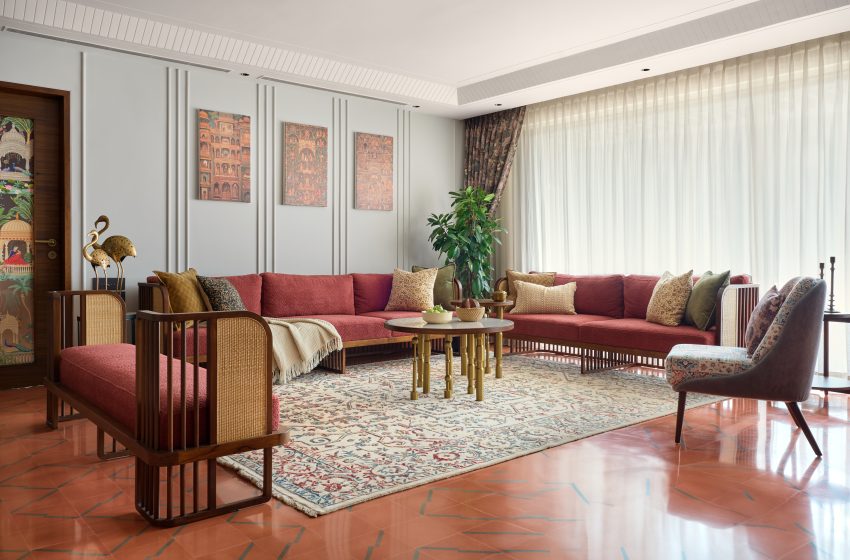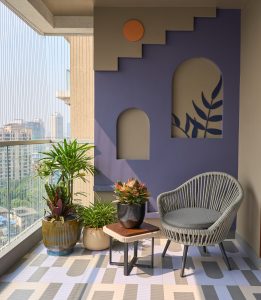Bridging the Past Home: How Tradition Informs Modern Design

Rinki Kotak
Modern design embraces the fusion of tradition and contemporary sensibilities. Architects today skillfully blend creative innovations with regional customs, crafting spaces that are not only aesthetically pleasing but also sustainable. This thoughtful integration uses natural materials and traditional techniques to promote efficiency and authenticity. From incorporating local motifs to using regional textiles, every element contributes to bridging the gap between the past and the present. With colonial influences, Mughal intricacies, and Rajput accents, the timeless essence of ancient Indian architecture continues to be cherished in today’s structures. Lets see how tradition can be seamlessly infused into modern design.
Blending Modern Architecture with a Specific Style
Combining modern and traditional design elements may seem like a challenge, but when done thoughtfully, it results in a distinctive, multi-layered aesthetic. For instance, using sandstone cladding or intricate jaali patterns can introduce the Rajasthani design language into contemporary homes. Similarly, vibrant temple-inspired hues and detailed patterns can add unique character to a modern space. These elements are timeless, creating a spacious yet refined ambiance. While preserving traditional symmetry and balance, the artistic design of furniture and décor enhances the room’s overall appeal.
Traditional Furniture in Contemporary Houses
Traditional Indian furniture, like ornate wooden swings and intricately painted cabinets, has long symbolized artisanal craftsmanship. Designers today are simplifying these pieces—retaining their core design features and functionality—while adapting them for modern lifestyles. Contemporary furniture often blends traditional woodwork with materials like metal and glass for a more modern look. The baithak culture of low seating, for example, is being reimagined as space-saving furniture in today’s compact homes.
Textiles from India for Tactility
India boasts one of the richest textile traditions in the world, with each region offering unique weaving and embroidery styles. Textiles such as the delicate Chikankari of Lucknow or the vibrant Bandhani of Gujarat bring both texture and cultural narratives into modern interiors. By combining traditional textiles for cushions and upholstery with minimalist furniture, contemporary homes achieve a balanced contrast of colour and simplicity. For instance, the interiors of Timeless Roots feature Indian fabrics and bold murals, complemented by printed carpets, patterned cement flooring, and artistic wallpapers—adding natural warmth and cultural depth to every corner.
Flooring and Backsplash
Traditional flooring materials like oak wood and terrazzo inlay bring timeless beauty to a space. These choices not only add warmth and charm but also create a bridge between heritage and modernity. Terrazzo tiles, known for their durability and abstract appeal, are being widely used for both aesthetics and functionality. These flooring ideas celebrate Indian traditions while aligning with modern design preferences.
In essence, you can create a home that feels both contemporary and meaningful by selecting elements that reflect your personal design preferences and cultural roots. With the right materials and thoughtful choices, you can bring the soul of the past into the heart of your modern home.
Rinki Kotak is Founder and Principal Architect at 4th Dimension




